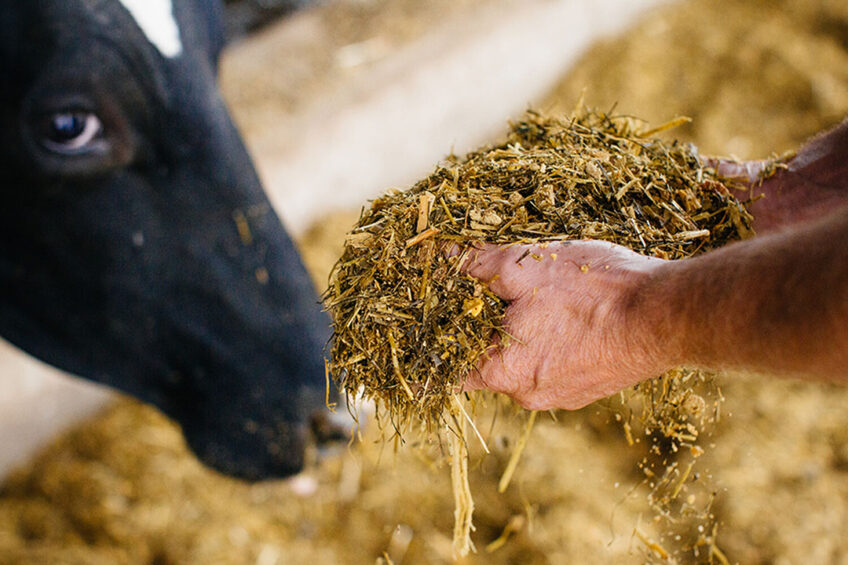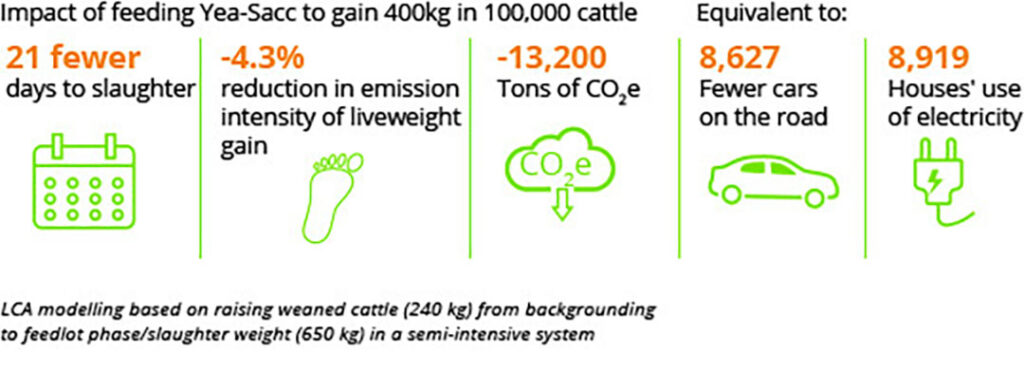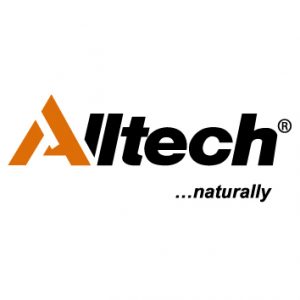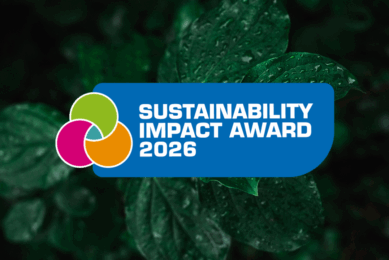Reducing ruminants’ environmental footprint

Decarbonising beef and dairy production can lead to improved farm gate returns. Robust science supporting supplemental feed claims designed to mitigate ruminant emissions is important.
The noble tasks of producing meat and dairy products to feed the world have provided a welcome background of normality during the tumultuous times in which we currently live. In addition to the ongoing demands for our food systems to decarbonise, there is a renewed urgency around the topic of ensuring that we have enough calories to meet human needs, commonly referred to in government policy as food security. The role of farmers in addressing these societal needs will be crucial. However, as a feed industry, we can support primary production through technology and services that help mitigate volatility.
Decarbonising: How can we measure it?
In the context of increasing pressure to move toward more sustainable ingredients, Alltech has developed a Feeds EA model through its accredited E-CO2 service. This model helps feed manufacturers and producers measure and reduce the footprint of their feed. Feed has the potential to influence up to 80% of a farm’s carbon footprint. This figure relates to direct emissions from production, as well as the transportation of feed and indirect emissions that arise from the impact of that feed on the animal. However, the true impact depends on the species and the system.
Figure 1 – A meta-analysis examined the effect of supplementation of Optigen to dairy cows.

One of the clearest messages is the link between feed conversion efficiency (FCE) and carbon footprint. As there are many variables in a carbon data set, finding significant correlations is rare. But the data in published scientific studies have shown a good correlation between FCE and emissions intensity.
Feed efficiency is crucial for a low carbon footprint but reducing the carbon footprint of feed ingredients is also very important. Management of soya content is a good example of this. Soya is a challenge, as it has an associated land use change (LUC) burden. Banning soya is often unpractical, so soya management can be done in 3 steps. The first is to improve protein efficiency so that the CP percentage of the ration is optimal. The second is to replace as much as possible with other lower-carbon sources. The third is to buy deforestation/conversion-free soya.
Using Feeds EA, feed manufacturers can produce and market more sustainable feed, enabling farmers to choose diets with less environmental impact. This is particularly relevant in markets that have an environmental focus and where farm gate prices are linked to sustainability metrics.
Validating emissions-reducing technologies
A meta-analysis examining the role of the innovative non-protein nitrogen ingredient Optigen in dairy cow diets. This study has focused on how to reduce the environmental impact through improved nitrogen utilisation in ruminant systems. Supplementation through dairy diets has been shown to:
Improve nitrogen utilisation efficiency in dairy cattle by 4%, thanks to improved nitrogen capture in the rumen.
Reduce nitrogen excretion in manure by 12 to 13 g of nitrogen per cow per day.
A simulation analysis based on the results of the meta-analysis indicated that feeding Optigen to 1,000 dairy cows would:
Increase income over feed costs by US$ 18,000.
Reduce the carbon footprint of the herd by 657 tonnes of CO2e.
It also showed that this carbon reduction is equivalent to taking 424 cars off the road or doing away with 436 houses’ use of electricity.
Stable rumen = stable animal performance
Recent meta-analysis results examining the live yeast Yea-Sacc’s effect on cattle performance were used to conduct a scenario simulation in a life-cycle assessment (LCA) model that evaluates the impact of feeding Yea-Sacc on the carbon footprint of beef production in a semi-intensive system. The meta-analysis results showed that supplementation with Yea-Sacc improves rumen function and beef cattle performance as follows:
It optimises rumen pH (+0.13 units) in high-concentrate diets through reduced lactate accumulation (-9.1%)
It increases fibre digestion (+9.2%) and maximises rumen fermentation by increasing the production of volatile fatty acids (+5.3%) and microbial cell yield (+3.0%)
It improves the growth rate (+5.2%), feed efficiency (+3.5%), carcass weight (+1.1%) and dressing percentage (+0.6%) of beef cattle
Figure 2 – A meta-analysis examined the impact of live yeast supplementation on cattle performance.

A simulation of the meta-analysis results was conducted to quantify the benefits of yeast supplementation on the sustainability performance of beef production. The simulation showed that feeding Yea-Sacc to 100,000 cattle in order to gain 400 kg live weight would:
Reduce carbon emissions by 13,200 tons of CO2e, which is equivalent to the carbon reduction of taking 8,627 cars off the road or doing away with 8,919 houses’ use of electricity.
Improve protein efficiency by increasing the supply of beef protein by 208 tonnes, which is equivalent to meeting the annual protein requirements of 10,025 men or 12,476 women.
Enhance resource efficiency by reducing the blue water footprint by 785 million litres and agricultural lands used for grazing and feed crops by 17,091 and 4,543 hectares, respectively.
Reduce nitrogen and ammonia emissions by 233 and 77 tonnes, respectively.
Dairy and beef production systems have historically embraced innovation in order to insulate margins against external volatility. This attribute is now more important than ever. The move toward reducing emissions from agri-food is well underway. Any solutions for mitigating greenhouse gases must also deliver economic returns for the farmer. A collaborative approach by all stakeholders can help create equitable outcomes.
Getting more milk and meat from feed reduces the carbon footprint but also means there is more food to go round, which, in the current global environment, is critical. De-carbonising a diet can further enhance these advantages but demands a strategic, forward-thinking approach. Sustainability is a holistic problem and therefore requires a holistic solution.











